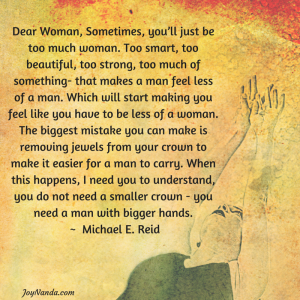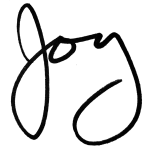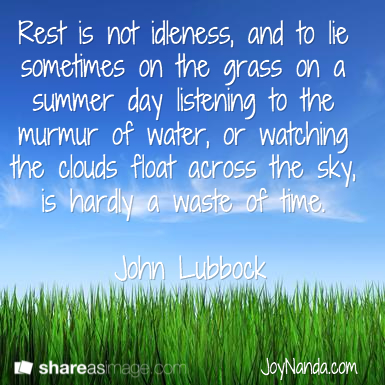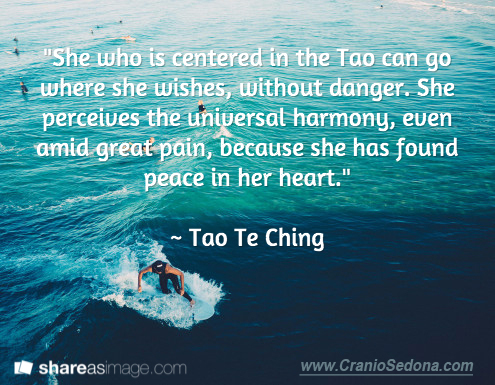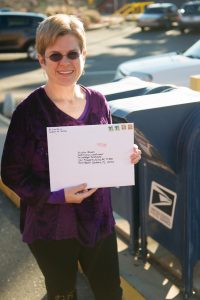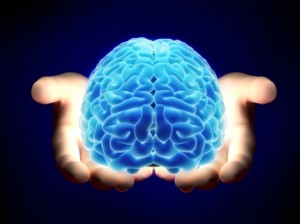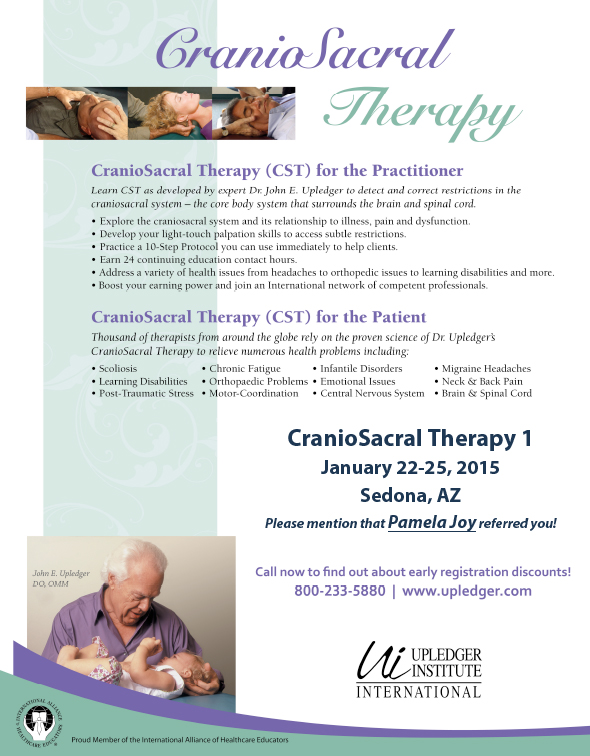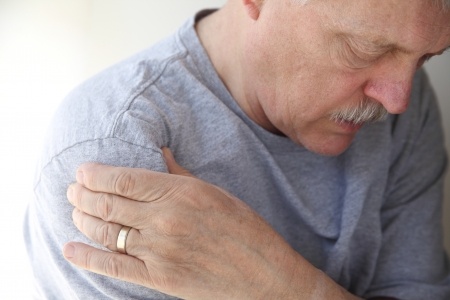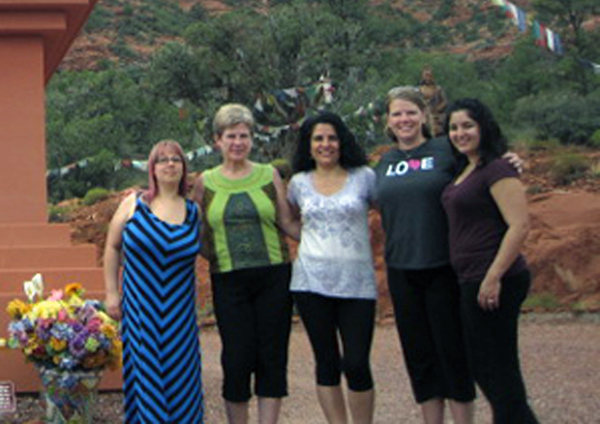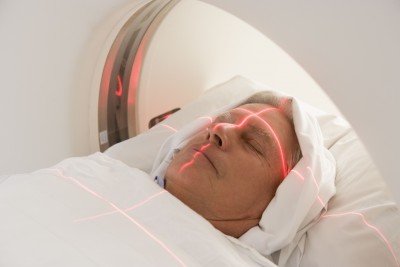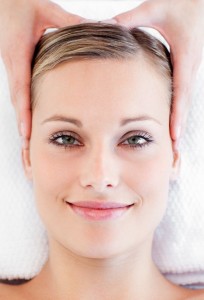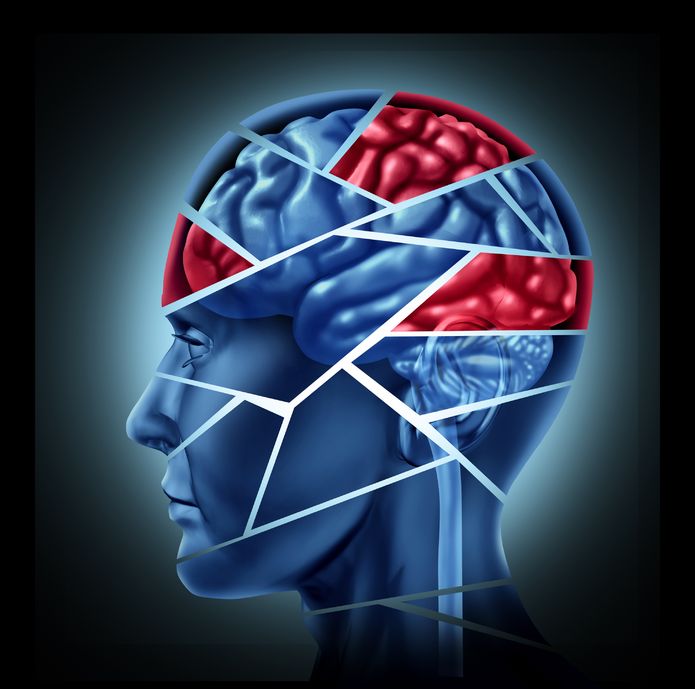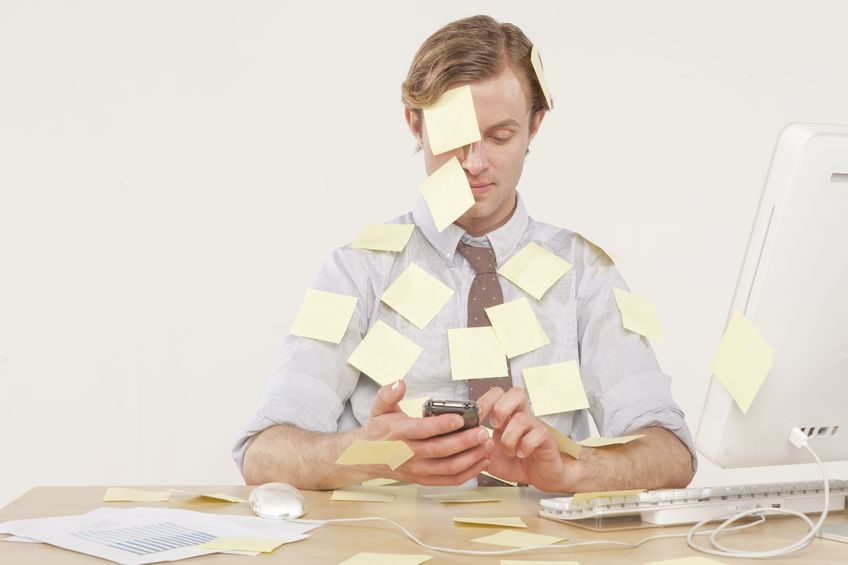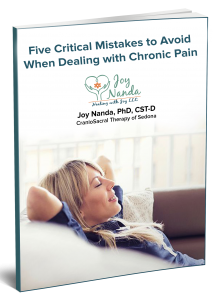What is Stress?
Stress is a term used to describe nervous system response to change in the environment by Hans Selye in the 1930s. The term originally comes from the field of aerodynamics, and indicates the amount of force a metal can handle before it becomes damaged. Even earlier (1658), stress was defined as part of Hooke’s Law, which states that the magnitude of an external force, stress, produces a certain amount of deformation, or strain, in a malleable metal.
Selye took this concept and applied it to the human nervous system. In the process, it got a little bit muddled, because what we are referring to in most cases is the “stress response” not the stress itself. The stress response is the reaction in our bodies to outside forces that disrupt our physiological functioning. The body craves homeostasis, so will react to these forces in an attempt to return to our original state of balance. For short-term stressors, this works very well. We encounter a predator, a danger, a perceived danger, we run, fight, or hide, and if we are successful, the predator is gone and we can return to balance, and a state of relaxation.
Things get complicated in our modern human lives though. Stressors or perceived stressors come at us with increasing regularity, and we don’t necessarily have adequate time or mechanisms to recover our homeostasis, leaving us in a state of tension.
Our bodies can only handle so much tension before tissues tighten up, potentially affecting the brain, spinal cord, and other body systems. This can lead to all kinds of symptoms – including pain, stiffness, fatigue, anxiety, depression, or a sense of being “off” or not feeling quite right.
How Can CranioSacral Therapy Help with Stress?
This short video shows how stress accumulates in the body, causing imbalances in various body systems, and how a CranioSacral Therapist can help to facilitate release of stress and a return to homeostasis. Instead of treating each organ in isolation, we facilitate the body’s own wisdom as it rebalances and restores itself to health. This is holistic healing in its truest sense. To learn more, go to HealingwithJoy.com.


